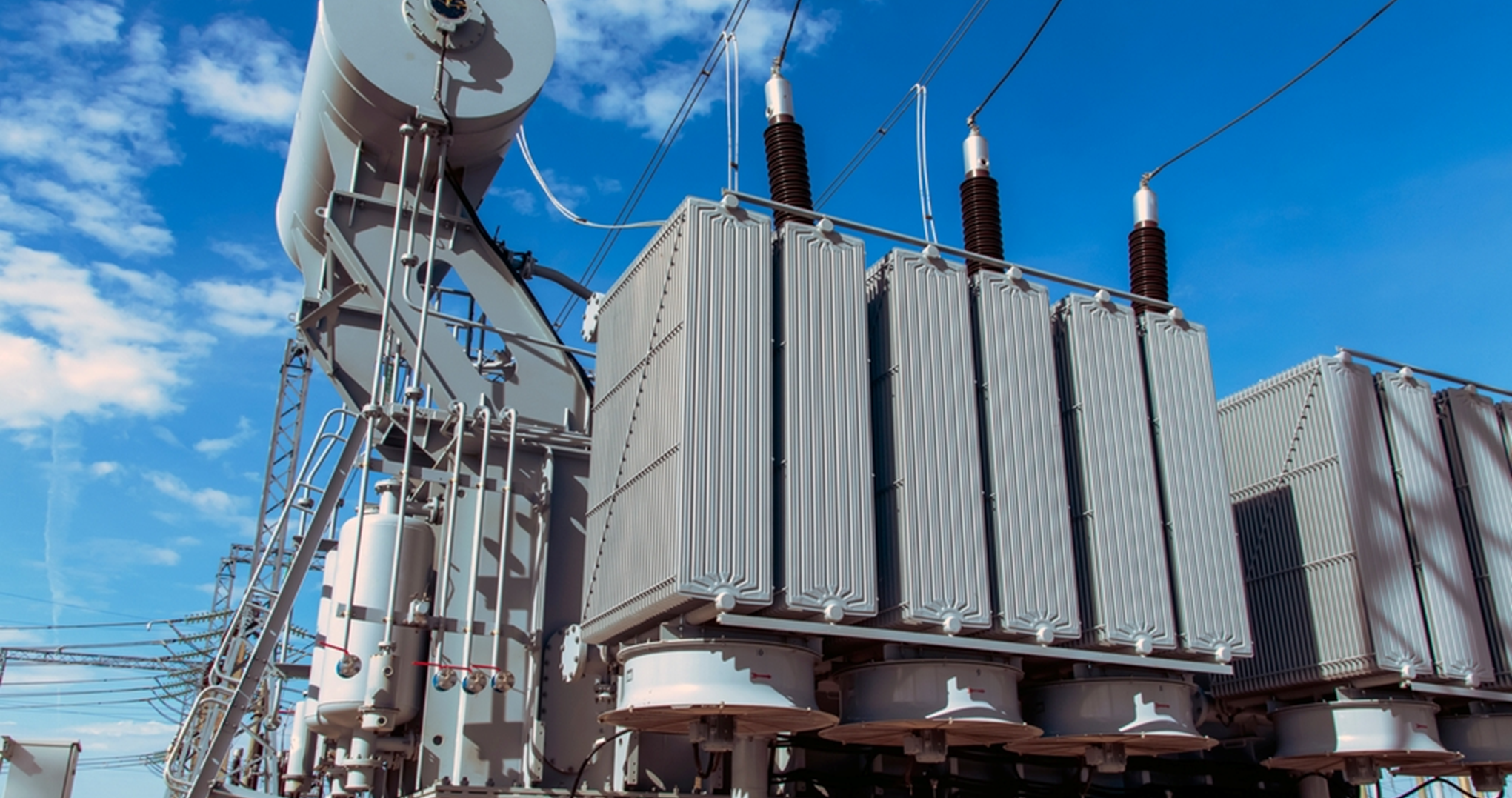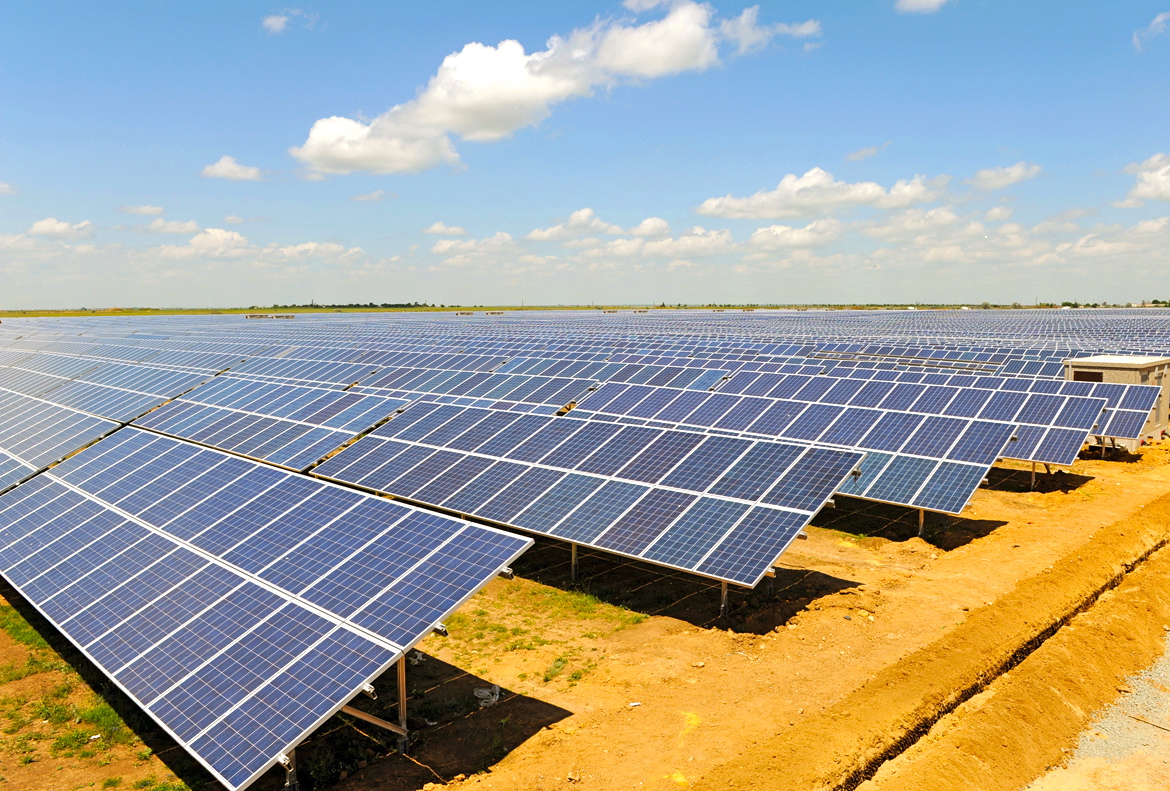Our recommendations
Last Update
08 May 2023
For India, it is crucial for renewable developers & OEMs to build a resilient supply chain in order to mitigate risks and meet the goals of three fold jump in RE capacity by 2030
As India is working aggressively to meet its decarbonization goals and adding capacities from solar and wind at a fast pace shall be inevitable. This would mean the current renewable generation shall see nearly a three fold jump by 2030 if compared to current generation and if the planned capacities are achieved in line with commitment. Furthermore, the pace of renewable capacity addition would determine the capability of India to address the geo-political crisis it may face on the lines of the EU and US.
Mr. Ravi Shekhar, Director & Head, of Eninrac Consulting says “Global OEMs especially under the wind space in India have either slowed down their manufacturing or have completely shut their operations as the supply chain has been rattled with price volatility. It is significant to note that the raw materials for renewable component manufacturing are liable to experience regional and global disturbances. Considering the supply of polysilicon, the starting material for wafers in solar cells. China, which produces close to 80% of global supply was badly impacted by COVID19 lockdowns, factory accidents and recurring floods which led to the reduced availability, Incidentally, between 2020 and till 2022, the price of polysilicon globally experienced a sharp rise of 350%. Inflation has also impacted the commodities of wind turbines in the world and so in India as well. The multitude of factors related to supply-chain issues like prices of steel, copper and aluminium have witnessed an increase in the past couple of years. Further, the said increase was tried to be a pass through to the customers but the wind industry has felt the squeeze and in lieu of that many of the OEMs have issued profitability warnings, in part because some of their long-term contracts with customers contain fixed prices that do not allow adjustments.”
Invariably, such rapid growth rate for renewable capacity additions in India would require stable markets and furthermore resilient supply chains. In the past few years renewables markets in the country have experienced high volatility because of supply and prices of raw materials, coupled with frequent regulatory changes. In turn this has led to circumspection among the investors and developers to foster long-term capacity planning and the practice of securing favorable prices for large volumes of raw materials is also difficult given the fillip to domestic manufacturing in the country.
- Communications Team
Do you want to seek Eninrac assistance in helping you resolve some critical business issues? Engage with us and reach out to our experts by using the Request for Proposal (RFP) form.
BEST VISION IS INSIGHT
Combine market knowledge and your skill to contribute value for end consumers

Transformer Sales Surge: ₹75,000 Crore Opportunity Ahead

Solar Parks Development Status in India

EU Solar Market 2024: Utility- Scale Resilience Amidst A Slumping Rooftop
Get started with
EI Market personalised demo
Complete the form to get in touch with our sales team to see our Visionboard platform in action. We'll show you how you can use eninrac to build a culture of action of consistently hunting down and eliminating poor market research expriences across your companies line of business


